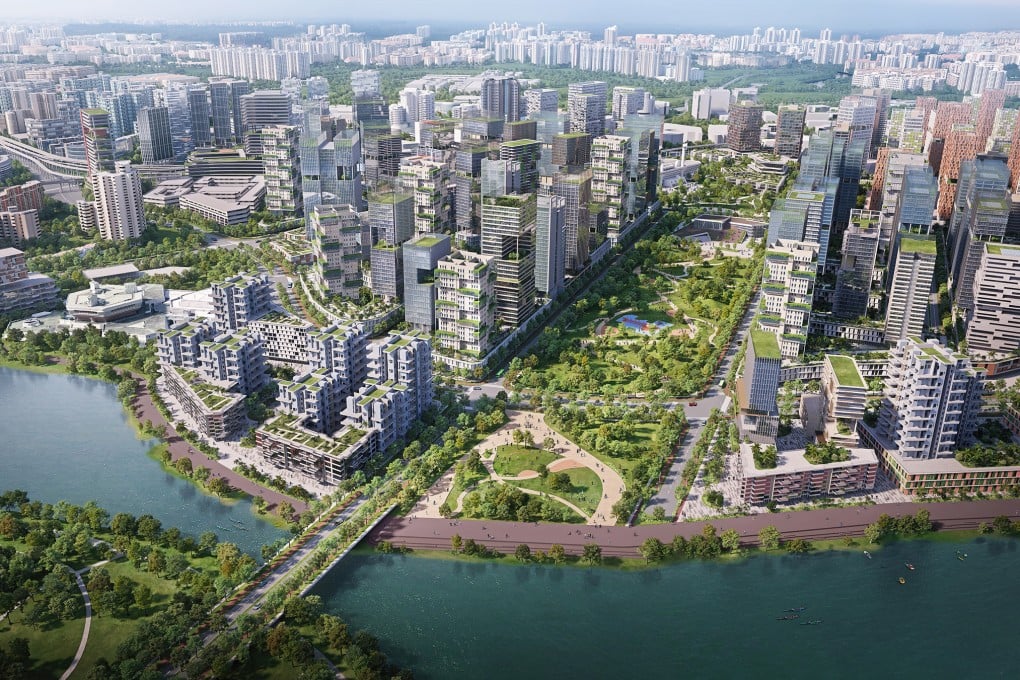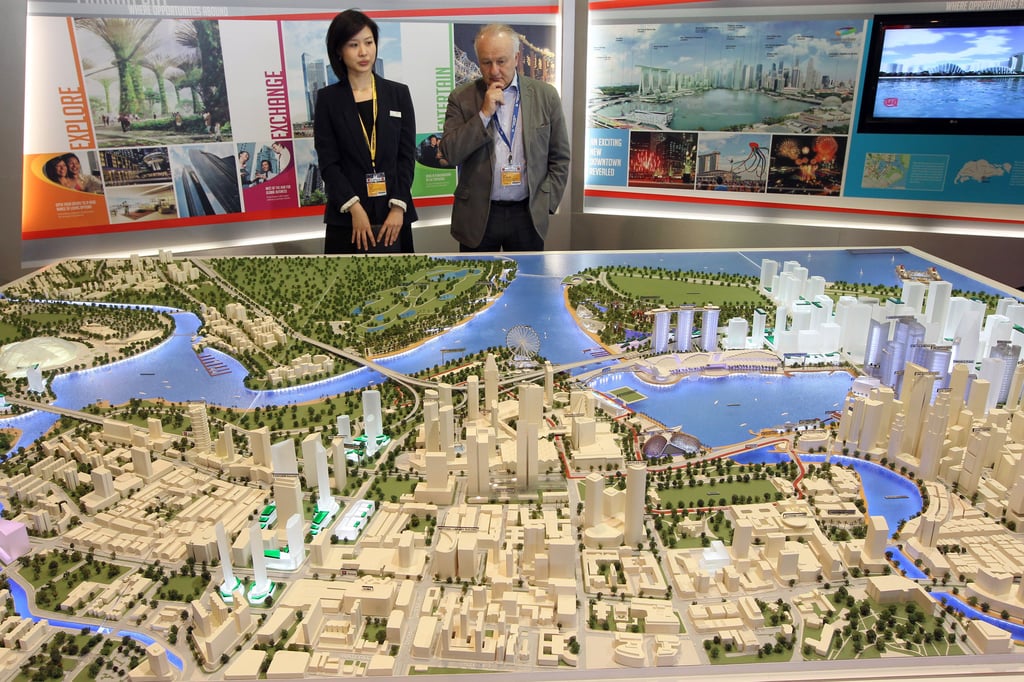Singapore sees Jurong Lake District as key to 2050 net zero goal: blueprint calls for car-light, low-carbon living with integrated district-level cooling and waste management systems
- Real estate experts Lance Kuan of Huttons Asia and Justin Quek of OrangeTee & Tie see the massive Jurong Lake District (JLD) project as a model for sustainable living
- The city has lately brought in green measures like a fee on plastic bags and putting in domestic recycling bins – JLD’s low-carbon, car-light business/residential district is of another scale

The increasing prevalence of extreme weather events underscores the unavoidable reality that the climate clock is ticking – and the need to transition to a low-carbon economy is urgent.
But realising the emission reductions that will keep our planet habitable will require significant commitment from all sectors: government, industry, commerce, business, property developers and more.
Singapore serves as an example of how this imperative multi-stakeholder collaboration can evolve, driven by the city state’s commitment to achieve net zero emissions by 2050.

To that end, the Lion City has ushered in a series of small but significant green measures over the last year, such as introducing a fee on plastic bags in July 2023 and putting in domestic recycling bins in January 2022.
One particular area that has attracted a lot of attention from the public is the Jurong Lake District (JLD) in the west of Singapore, a new development that puts environmental initiatives front and centre.
More than a model of how a district can adopt low-carbon practices, the Singapore government is planning to turn the JLD into a mixed-use business district, the city’s second-largest at 410 hectares.
The Singapore government has been encouraging sustainability and green building design in the city, rewarding individual developers that adopt green building practices with bonus floor areas.